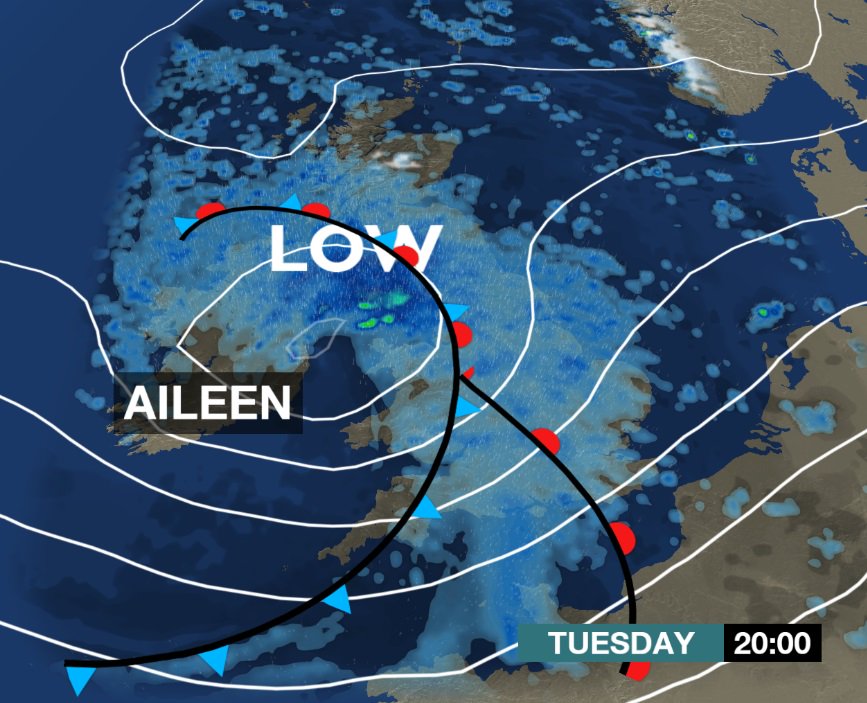Well, it all depended on what part of the United Kingdom you were in when it did. If you lived in the Republic of Ireland it was a simple case of “Batten down the hatches and stay indoors”, advice ignored by the folks at RTE (Radio Telefis Eireaan) who are the national broadcasters who endured the worst of it but were able to report on things such as a trampoline being blown away in County Cork
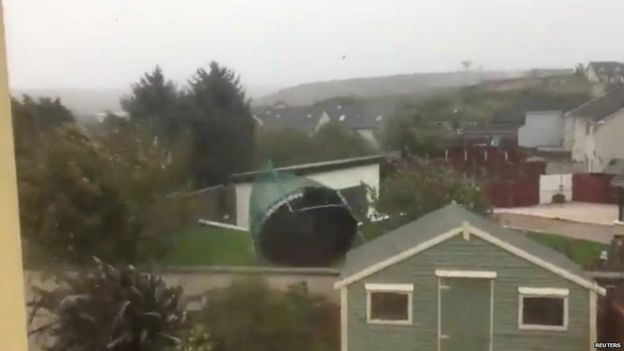
The postal service coming to a complete standstill

and thanks to social media a recording of a gust of wind measuring 119 mph at Fastnet Lighthouse all which prompted the Prime Minister (or Taoiseach as he is called in the Irish Republic) saying “When we say stay at home, we mean it!
And what about the rest of the UK you may ask? Well, the rest of the country was thinking “Well, this doesn’t look too bad!” when they woke up but soon a new hashtag was appearing on social media #redsun as all over the country photographs started to appear showing the exact same time
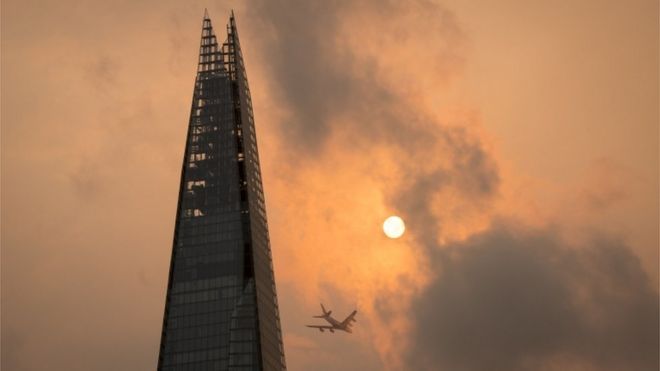
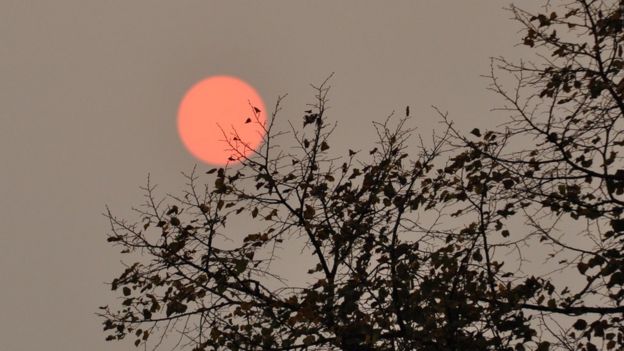
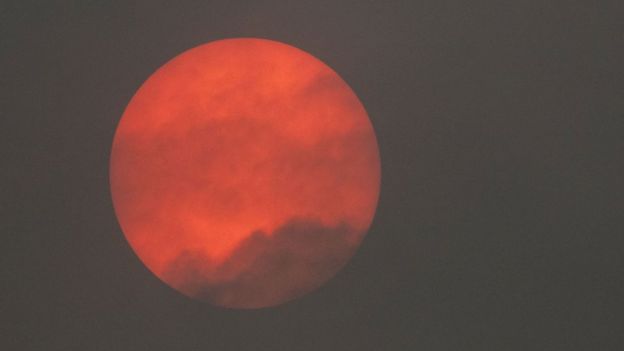
and even here 
So what was causing this? Was this a sign that Ophelia was bigger than expected? Well, yes and no. Yes, Ophelia was much bigger with air being brought up from Spain and North Africa and that’s the clue. In amongst all that of that warmth was, by my reckoning, about two tons of Saharan sand and smoke from the wildfires in Spain and Portgual, which as you all knows shifts the spectrum into the red end and thus produces a sunset in the middle of the day. I was lucky enough to actually record the transition from the sand section of the storm to the not sandy section and will put that online if members would like me to?


 (Basildon in Essex)
(Basildon in Essex) (Crewe in Eastern Cheshire)
(Crewe in Eastern Cheshire) (Grays in Essex)
(Grays in Essex) (Radyr in Cardiff)
(Radyr in Cardiff) (Sheffield in South Yorkshire)
(Sheffield in South Yorkshire)